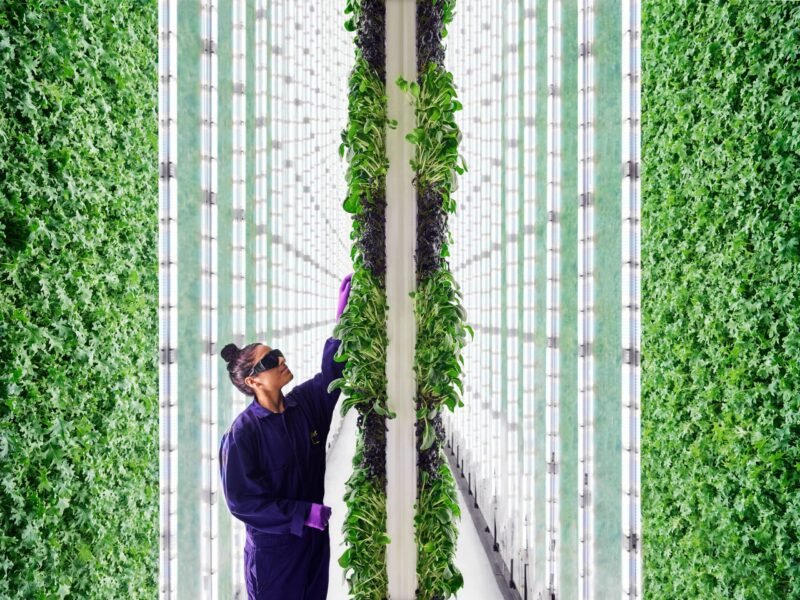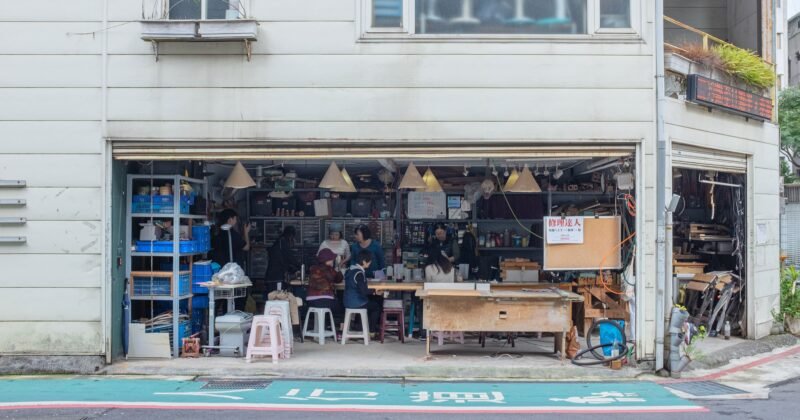Mostar’s Morbid Green Structure
Green roofs, green walls, vertical gardening, small plants in potholes on the road, or even herbal graffiti. I’ve got a strong believe in green cities. Trees, parks and green roofs not only protect us from extreme temperatures, they also collect stormwater in order to prevent flooding, and filter the air by absorbing particulates. However, green in the city also influences ones personal living environment, not only physically but also aesthetically: it is much nicer to look at a green building than at a grey building! Furthermore, all city inhabitants flee to the parks in summers for some shade and relaxing. Moreover, green in the city makes food production and urban agriculture possible. Many advantages! And I reckon it justifies my urge to look at green in the city!
On my bicycle holiday in the Western Balkan, we spent an afternoon in Mostar, a city in the Federation of Bosnia and Herzegovina, on the way from Sarajevo to Split. Here we discovered one of the most peculiar green structures a city can possibly have. Green occupies post-war Mostar and has turned the city into an urban wild life. Which is morbid but at the same time inspiring when thinking about urban green. Mostar was heavily affected in the Bosnian war between 1992 and 1995: where the Bosnian Croats and the Bosnian Muslims in Mostar were allies in the beginning of the war (against the Serbs), in 1993 Bosnian Croats and Bosnian Muslims started fighting each other. The result of this fighting had an enormous impact on the city of Mostar. Many buildings were destroyed and as the worst and most pointless example can serve the destroying of the old bridge (Stari Most, completed in 1566) over the Neretva river. Walking along the former front line around the city centre was shocking, many buildings are still ruins and look like skeletals with trees and plants growing all over them. The ruins thus provided for many examples of green in the city, but with a very morbid aura around them. We found it thrilling and very saddening at the same time; it means there is still a large effort needed to rebuild the city!

On a brighter note, apart from some nice photos, I hope that the green in the ruins and skeletals will provide some inspiration for the architects and planners who are responsible for the reconstruction of Mostar. The task of the reconstruction will hopefully be seen as a challenge to set an example in the Western Balkan. Mostar could be an example of a city where a lot of green is incorporated in the new and rebuilt houses and buildings. Considering the fact that it was 44 degrees (only 38 in the shade) when we cycled into the city, the moderating effect of green on extreme temperatures can be a first variable to consider!
—Check out more pictures of Mostar on Flickr.



